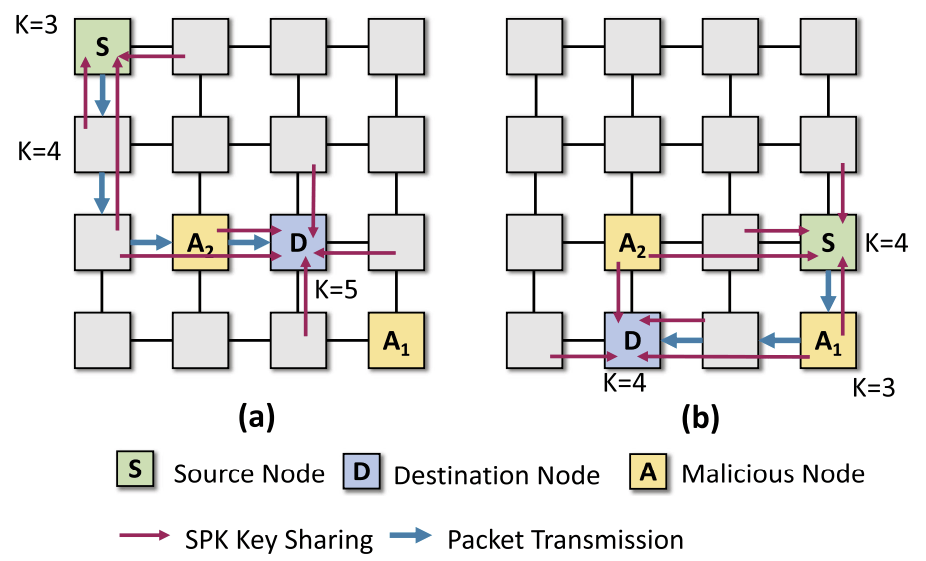
During the past decade, hardware security has become an increasing challenge due to the proliferation of shared resources in modern computer architecture designs. These shared resources can unavoidably allow sensitive data to be leaked to malicious parties through side or covert channels. Side-channel attacks create and monitor disturbances of electronic systems through timing, power, current, and electromagnetic in order to leak information and covertly transmit data. Moreover, the malicious source that is performing hardware-targeting side-channel attacks are hard to be detected, since intruders simply monitor and modulate the convert channel without explicitly transferring data or exposing their traces.


